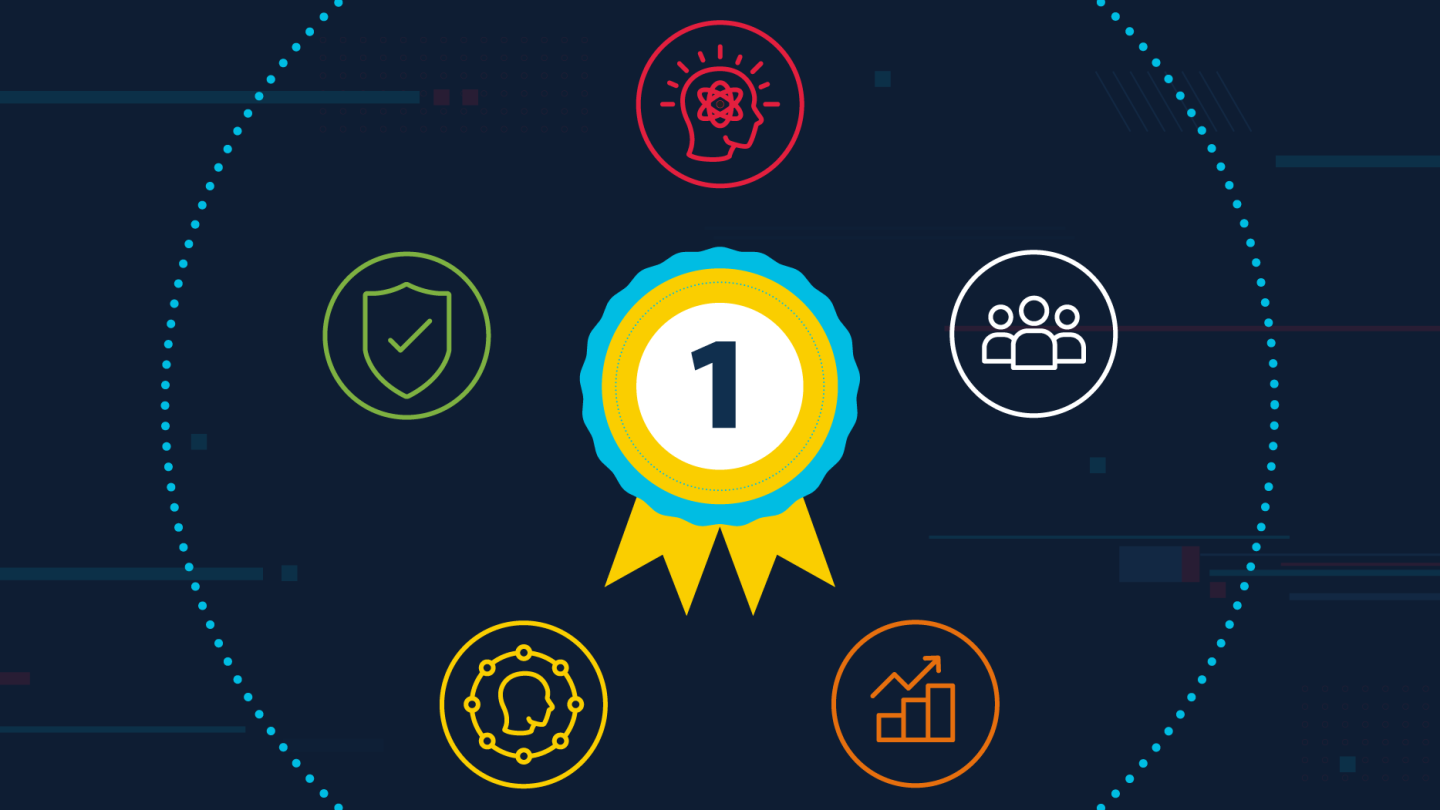Appears In
In July 2019, the Department of Veterans Affairs (VA) deployed the Veterans Integrated Service Network (VISN) 8 Clinical Contact Center to serve the Veterans who live in these areas. Now, with just a quick call to one number, these Veterans can receive care, schedule appointments, and coordinate their prescriptions 24 hours a day.
Prior to the Clinical Contact Center, Veterans in VISN 8 didn’t have 24/7 access to request and receive treatment remotely, schedule appointments, and fill prescriptions. Now, thanks to this innovative IT modernization effort, they have seamless access to the care they’ve earned and deserve. The Center provides “first contact” resolution—in other words, when a Veteran calls, they’re immediately directed to someone that can address their needs. Partnerships with pharmacies across the VISN allows Veterans to pick up prescriptions in locations other than VA Medical Centers.
1.5 million Veterans in VISN 8 now have 24-hour access to clinical care, appointment scheduling, and prescription coverage.
The deployment of the Contact Center wouldn’t have been possible without the partnership forged between the Office of Information and Technology’s (OIT) Account Management Office (AMO) and the Veterans Health Administration (VHA). Ms. Suzanne Klinker, Deputy Network Director for the Clinical Contact Center, praised OIT as an “integral partner in the day-to-day project management and outcome. We have so benefited from [their] support focused on modernizing the health care we can deliver to America’s heroes.”
AMO connected VHA with development teams in OIT, led VHA through the funding process, and worked with area managers on the ground to help develop solutions tailored for their health network, ensuring OIT’s business partners’ needs were met every step of the way. Teams led by Michael Hickman and Brian Mahlum, supported by Mark Allen and Christian Keeley, of IT Operations and Services (ITOPS) delivered a comprehensive system that helps staff across the entire VISN to respond to one telephone line. A Veteran calling the contact center is presented with several options, which they can select by touch tone, and is then routed to a responder that can help.
The ITOPS team delivered a suite of solutions, allowing VA to track important data points like speed to answer and call abandonment rates in real-time. As a result, the VISN 8 Clinical Contact Center has often achieved outcomes in the Registered Nurse queue of an average speed to answer time of less than 30 seconds and a call abandonment rate of less than five percent. As the application matures, ITOPS will add additional functionalities to it to provide clinicians the tools they need to improve these numbers and the Veteran experience even further.
VISN 8 covers more than 1.5 million Veterans in areas throughout Florida, South Georgia, Puerto Rico, and the U.S. Virgin Islands, and is leading the way in enhancing access to care within VHA and this effort has had profound impacts in the lives of Veterans who receive health services in this area. As other VISNs look for innovative ways to advance access, AMO will be ready to partner with them to turn their ideas into reality.






